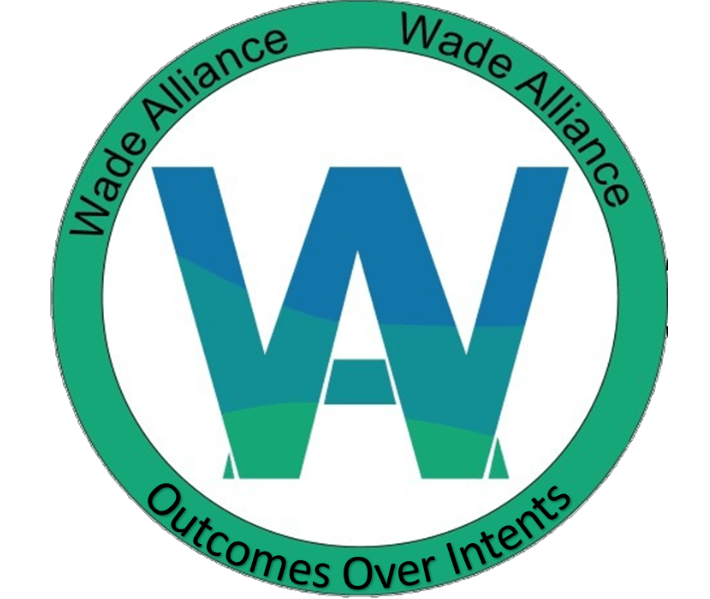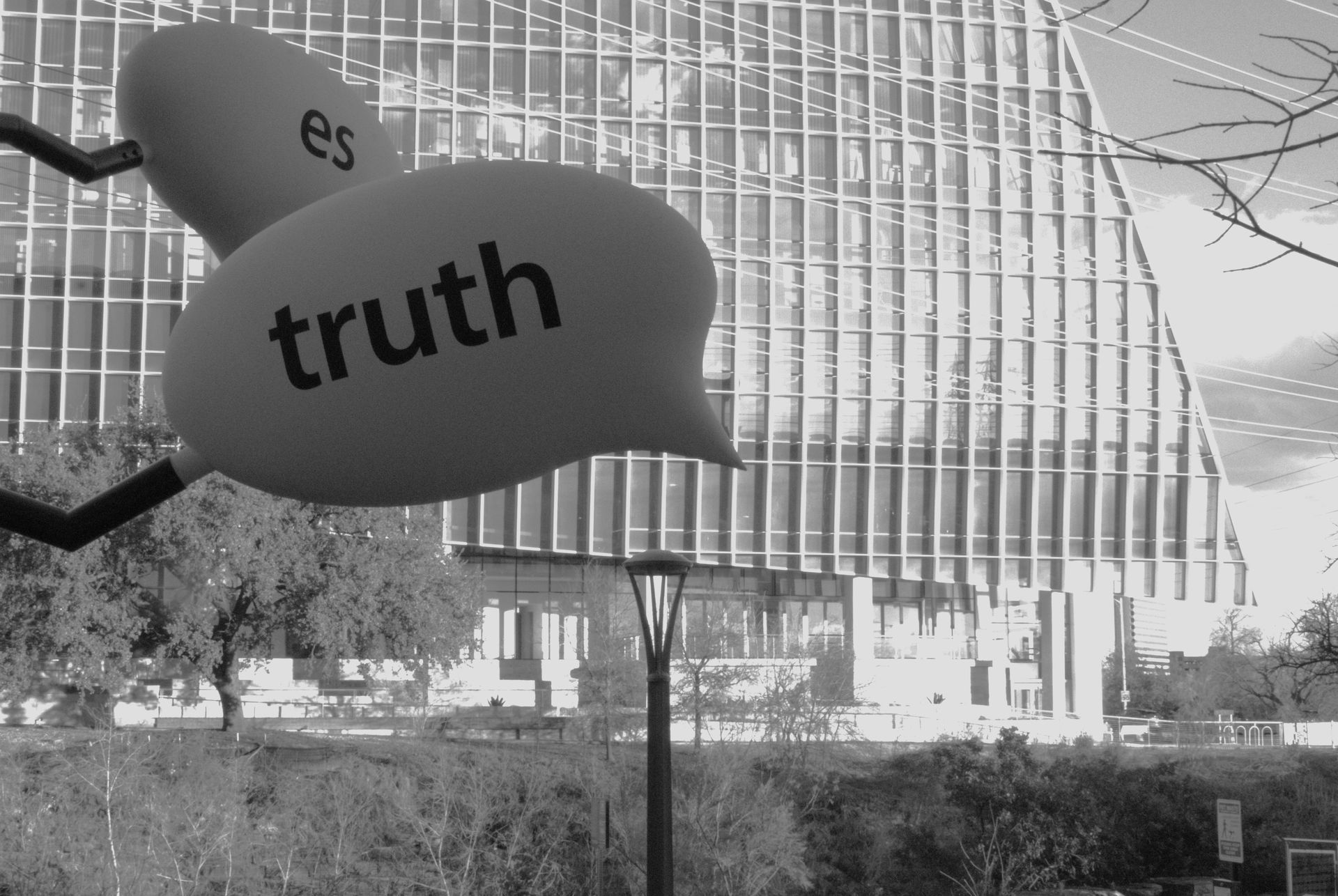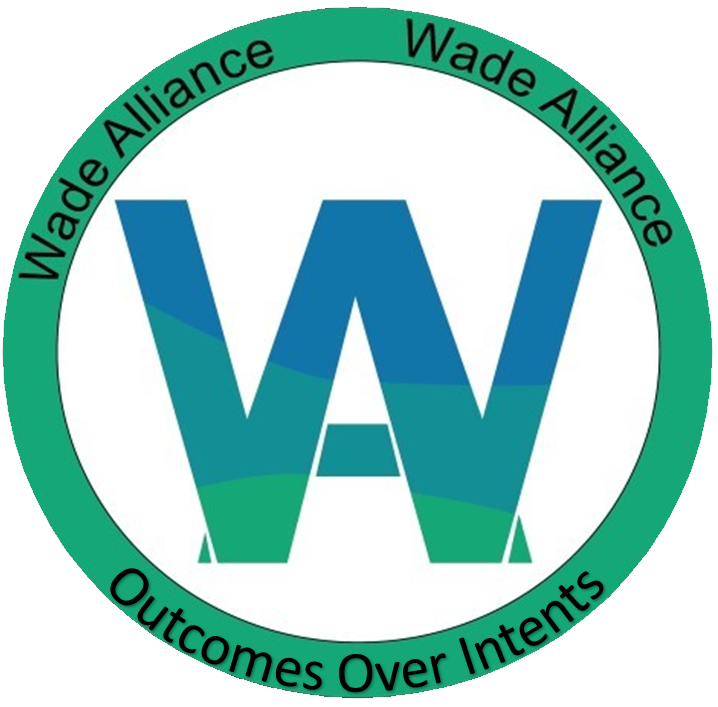DEI Work is not HR It's C-Suite
Jeff Hutchinson • February 9, 2022
In 2021 more than 1,200 books about leadership were published and there are more than 15,000 in print worldwide. The ever-growing information about leadership signifies that there is no single set of instructions on how to be an effective leader. Leadership comes in many different flavors. Great leaders however share characteristics such as courage, persistence, vision and the ability to communicate and adapt. These are the exact qualities of an effective Chief Diversity Officer (CDO).
Most people do not see being a diversity champion as a pathway to leadership but instead as a final resting place for those who desire to reimagine equity and inclusion. Diversity titles are typically seen in the same light as Human Resource professionals or more recently as the work of the Wellness Officer. Resource management is incorporated in the strategic plan while the challenging work of addressing diversity, equity and inclusion is seen as an indulgence not essential to business. Let’s change that.
An organization seeking to send the loudest message about how it values DEI will create a culture where the person leading DEI efforts is on track to be promoted to other leadership roles. Several recent examples of former DEI champions include Michael Hyter who became Korn Ferry’s CEO Feb 2021, Dr. Jamel Santa Cruze Wright who became President of Eureka College in 2016, and Kenneth Kelly Chairman and CEO of First Independence Bank. These three people are a small minority of the people taking their talent beyond the area of DEI.
Wanting a change and making a change are both challenging. Here are three questions to start your organization on the path to elevating the people working tirelessly to improve your business culture.
Has anyone in your organization doing DEI work ever been promoted to a position with more pay and more responsibility?
Title changes without a pay increases are parlor tricks to encourage people to remain. Giving someone new responsibilities with the required support and compensation is a sign of respect and value. Promote your DEI people to other areas when possible.
If all of the responsibility for change in the area of DEI falls on the people with Diversity or Equity in their title it is highly likely that the work is not valued. If those in leadership are doing the work then the work is likely seen as valuable.
A common theme of leadership is to surround yourself with people who fill in your gaps. Few organizations exist today that would not benefit from the perspective of a successful champion of DEI.
Comments

The model minority myth is problematic it is used as a tool to help perpetuate racial hierarchies. Nigerian Americans as a group are successful but never seen as a model minority. The systemic racism that requires group ranking would break under the pressure of recognizing successful Black identifying groups like Nigerian Americans or HBCU graduates. There are individual and institutional paths to address stereotypes worth considering.

Mental health is health. ( Trigger Warning - Suicide)
Try these four techniques to help you through.
1. When the news of corrupt or self-serving people in power leave you feeling helpless, do something that you can control. Pick a junk drawer that you can tackle in one sitting and organize it.
2. Physical activity changes us physiologically and can help clear our thinking.
3. Be specific in what you are grateful for
4. Allow people to help you
Cleaning out a junk drawer may be what you need to stop doom-scrolling.
In medicine we classify a problem as acute meaning that it recently happened or chronic for ailments that are at least 6 months old. This classification helps when trying to make a diagnosis and more importantly when thinking about what steps to take next. Racism is both an acute and chronic problem.










